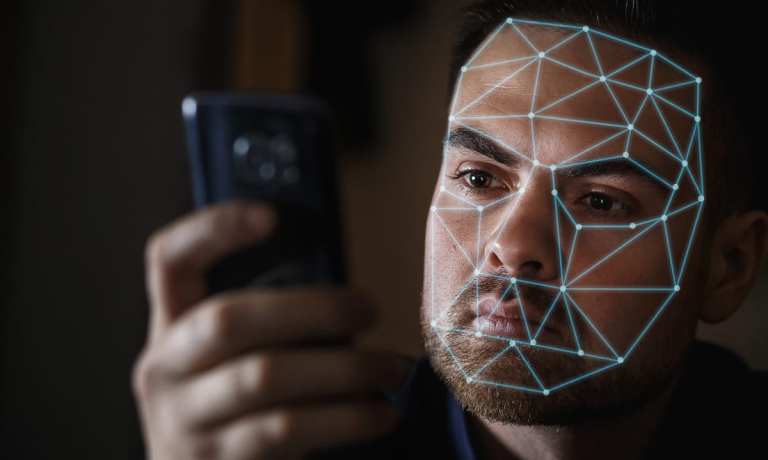
Synthetic fraud is on the rise and evolving, with research showing that 85 percent to 95 percent goes undetected by traditional fraud models.
In an interview with PYMNTS, AU10TIX Chief Product Officer Jonathan Wilson said advanced technologies are critical components of any defense against fraudsters as they seek to cobble together synthetic identities.
According to Wilson, synthetic fraud is typically defined as a case in which a fraudster concocts an ID by combining real identities from multiple sources. For instance, a picture from a real consumer can be combined with someone else’s (legitimate) address details and personal information — date of birth or Social Security number — that were stolen from yet another source, Wilson told PYMNTS.
Those fraudulent activities are taking place against a backdrop in which the very nature of what constitutes an identity is changing, too. Wilson noted that we’re moving beyond the traditional driver’s licenses and passports that have been ID mainstays and branching out into other data points and sources.
AU10TIX customers have been challenged to verify consumers around the globe — particularly those in emerging markets where data or record-keeping may be lacking, he said. A business operating in those markets must establish a partnership with a firm in the ID space that is able to leverage other data sources to form a holistic view of a person’s identity, while also relying on nationwide government sources. Using an ID partner, a business can broaden the types of ID documents they are able to accept, such as regional-based ID cards, which traditionally can be difficult to verify and validate.
Bringing Biometrics And AI Into The Mix
As more commerce has moved online, he said, “we’ve also seen an increase in fraud, and an increase, especially, in synthetic fraud. At the same time, we’ve seen an increase in demand from consumers for more streamlined [verification] flows.”
That consumer demand has put much of the onus of innovation on service providers, AU10TIX among them, to optimize the onboarding experience and balance friction at this critical stage of the new client journey, with an eye on better fraud detection but also on delivering an optimal consumer experience.
“We’ve seen [enterprise] customers and consumers move into new sectors,” he said, pointing to companies tapping markets in Asia for new eCommerce and other digitally derived revenues.
But going into those new markets can involve satisfying more stringent regulations around biometrics, he added.
In an effort to solve those challenges, he pointed to AU10TIX’s biometrics capability that enhances identity verification tied to the user being onboarded. The firm conducts a series of “liveness” tests to ensure that the person in the camera frame is a real person — and that the system is not merely looking at a “synthetic” picture of a person. Those tests — and decisions — are carried out and made using artificial intelligence (AI)-driven software, Wilson said.
Similarly, AI enables deeper analysis of documents, images and other data necessary for strong authentication.
“You need to be able to extract the data off of the ID in order for it to be literate and presented into a backend system, an AI-driven machine learning system that has the ability to accurately spot authenticity or fraud” by examining two sides of documents, bar codes and other security features, he said.
Leveraging Cross-Sector Innovations For Inspiration
Newly emerging verticals such as cryptocurrencies — and other increasingly digital industries such as healthcare, marketplaces, education and travel — are going to accelerate the development of security infrastructure, Wilson predicted. AU10TIX is in the midst of taking its enterprise-grade verification capabilities to these growing sectors. In turn, the collaborations are unlocking new applications and ideas such as verifiable credentials for enabling more secure and seamless experiences.
This pipeline of identity management innovation gives the “financial sector and other sectors new options for secure and private services,” he said, adding that “consumer behavior, along with the way businesses were verifying consumers, is unlikely to step back to the way things were in early 2020 or 2019. We really have seen a change in the way consumers are interacting with businesses. It’s going to be exciting to see where we go from here.”
The Payoff
Stopping synthetic fraud in its tracks has its rewards — chiefly avoiding billions of dollars in losses, yes, but also through cementing (and in some cases, improving) the relationships between enterprises and consumers. As Wilson noted, the battle is made a bit easier when tools such as biometrics are brought into the arsenal deployed against fraudsters.